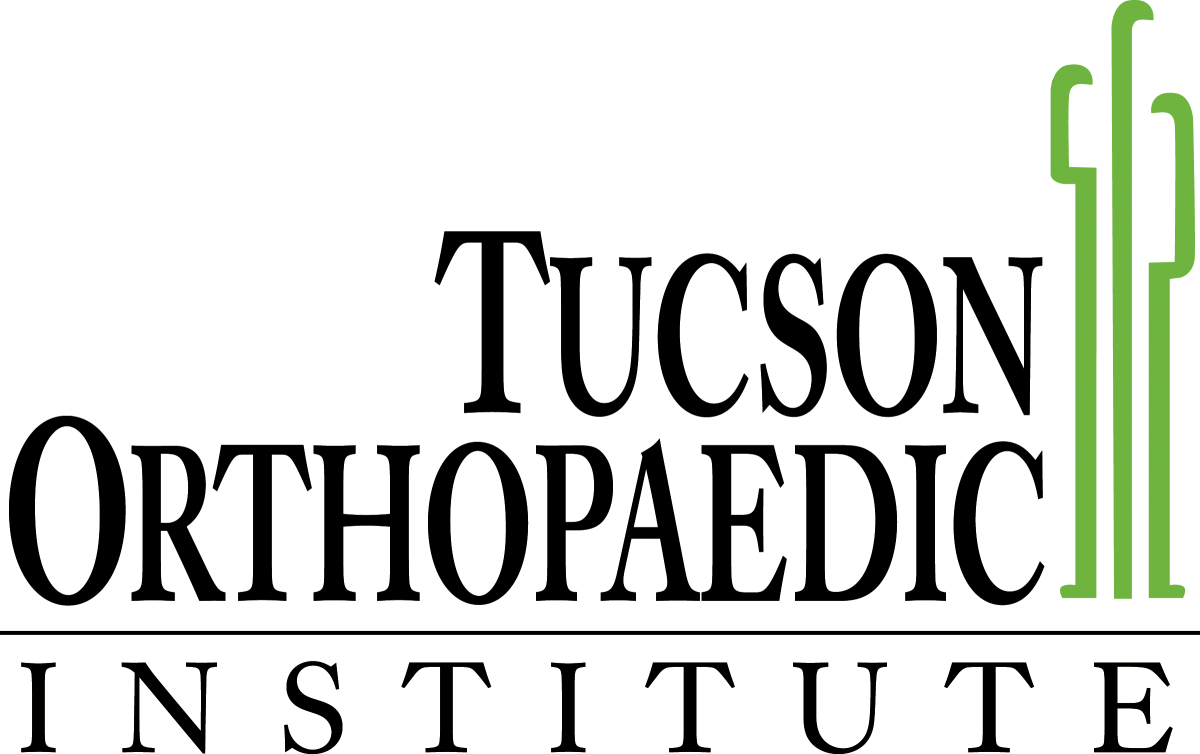The Importance of Imaging Studies in Diagnosing Orthopedic Conditions and Injuries
The tools and techniques used to diagnose and treat orthopedic conditions are constantly evolving. Today’s orthopedic surgeons and sports medicine specialists have a bevy of imaging solutions at their disposal to help accurately diagnose disorders and injuries affecting the bones, muscles, ligaments, tendons, cartilage, and spine. Orthopedists also use these test results to create an effective treatment plan.
Two of the most common diagnostic imaging tools are X-rays (radiographs) and MRI (magnetic resonance imaging) . X-rays show bones and are always used to diagnose fractures and joint dislocations. Your orthopedist may also order an X-ray if he or she suspects that a bone or joint has been damaged from other conditions such as arthritis or osteonecrosis (bone cell death). 
Today most orthopedic practices use digital X-ray over traditional film X-rays. Digital X-rays use much less radiation and the images can be computer enhanced. Larger, clearer, color-enhanced images can result in a more accurate diagnosis.
MRI uses a magnetic field and a sophisticated computer system to give reliable and detailed images of soft tissues and bony structures. Your doctor may order an MRI to diagnose a torn muscle, ligament, tendon, or cartilage; herniated disc; hip or pelvic problems; osteoarthritis; and other conditions.
MRI can help provide information for a fast and accurate diagnosis and possibly reduce the need for exploratory surgery or other diagnostic procedures. There are different types of MRI scanners, including open MRI and closed MRI, whole-body scanners, and extremity-specific units (those that only scan arms, legs, hands, or feet).
Other imaging tests used in orthopedics include:
Arthrography: This special type of X-ray, which uses a fluoroscope and contrast iodine solution injected into the joint area, is often used to help diagnose the cause of unexplained joint pain.
CT Scan: A CT scan (computed tomography) combines X-rays with computer technology to produce a detailed, cross-sectional picture of the body part being scanned. Your doctor may order a CT scan to diagnose a bone or spinal tumor or a fracture that doesn’t appear on X-rays. CT scans can also detect trauma to the chest, abdomen, pelvis, or spinal cord. Sometimes your doctor may combine the scan with the use of a contrast dye to better visualize the area being scanned.
DEXA Bone Density Scan: DEXA, or dual-energy X-ray absorptiometry, is the most common test for measuring bone density (the amount of calcium and other bone minerals in a segment of bone) and diagnosing osteoporosis. It uses narrow X-ray beams to see how solid, or dense, the bone is and assess the risk of fracture.
Another entirely different type of bone scan may be used to identify areas where there is unusually active bone formation. It is frequently used to detect stress fractures or the presence of arthritis, infection, or cancer.
Musculoskeletal Ultrasound: Ultrasound imaging is invaluable in orthopedics. This noninvasive imaging technique is totally safe for all patients, including pregnant women, children, and those with pacemakers and metal implants. Ultrasound uses sound waves to produce pictures of muscles, tendons, ligaments, joints, and soft tissue throughout the body.
Musculoskeletal ultrasound is an excellent tool for diagnosing the cause of real-time tendon and ligament pain. As the ultrasound takes place, you can point to where you’re hurting and the orthopedist can evaluate that exact area as you’re moving and experiencing the pain. Many times, a patient’s pain seems to have no clear cause, but diagnostic ultrasound can detect tiny tears that an MRI might miss.
Ultrasound imaging is used to help diagnose numerous soft tissue injuries:
- Sprains and strains
- Tendon, ligament, or muscle tears
- Tendonitis and bursitis
- Benign and malignant soft tissue masses (lumps/bumps) and tumors
- Inflammation and fluid collection
- Ganglion cysts (foot, hand, wrist)
- Hernias
- Nerve entrapments such as carpal tunnel syndrome
- Foreign bodies in soft tissues (such as splinters or glass)
At Tucson Orthopedic Institute, diagnostic imaging is an integral component of evaluating orthopedic injuries and conditions. Everyday our orthopedic surgeons, podiatrists, and sports medicine specialists depend on imaging studies to accurately diagnose all types of disorders and injuries in patients and plan appropriate treatment.
For the convenience of both our patients and doctors, we offer advanced imaging equipment on site. To schedule an office visit or imaging appointment, call (520) 784-6200.
